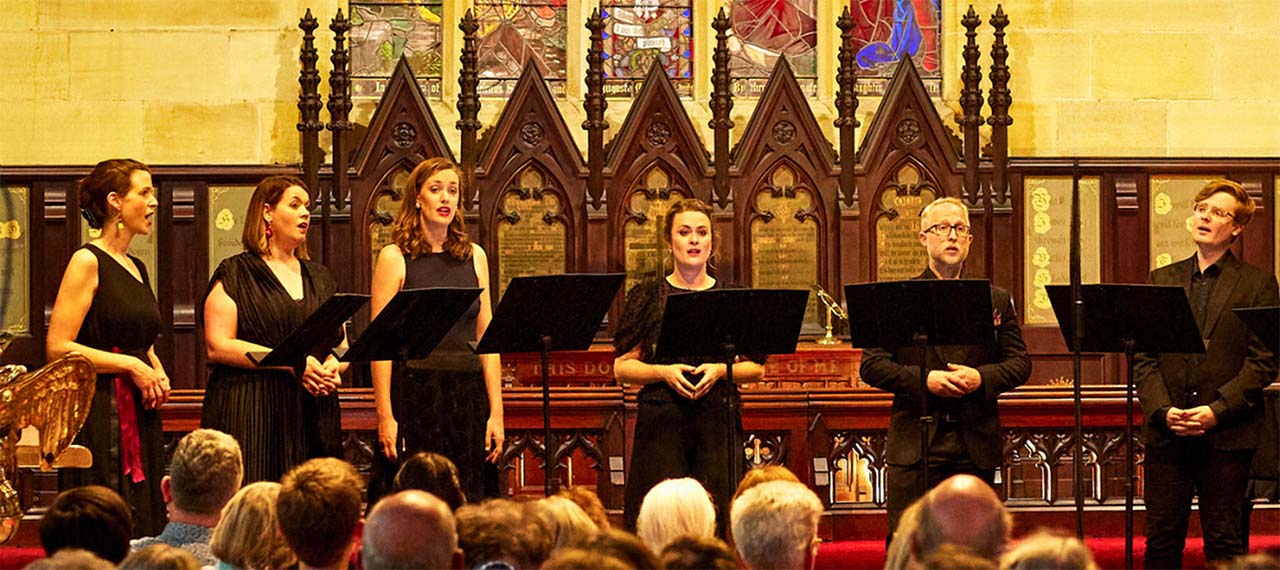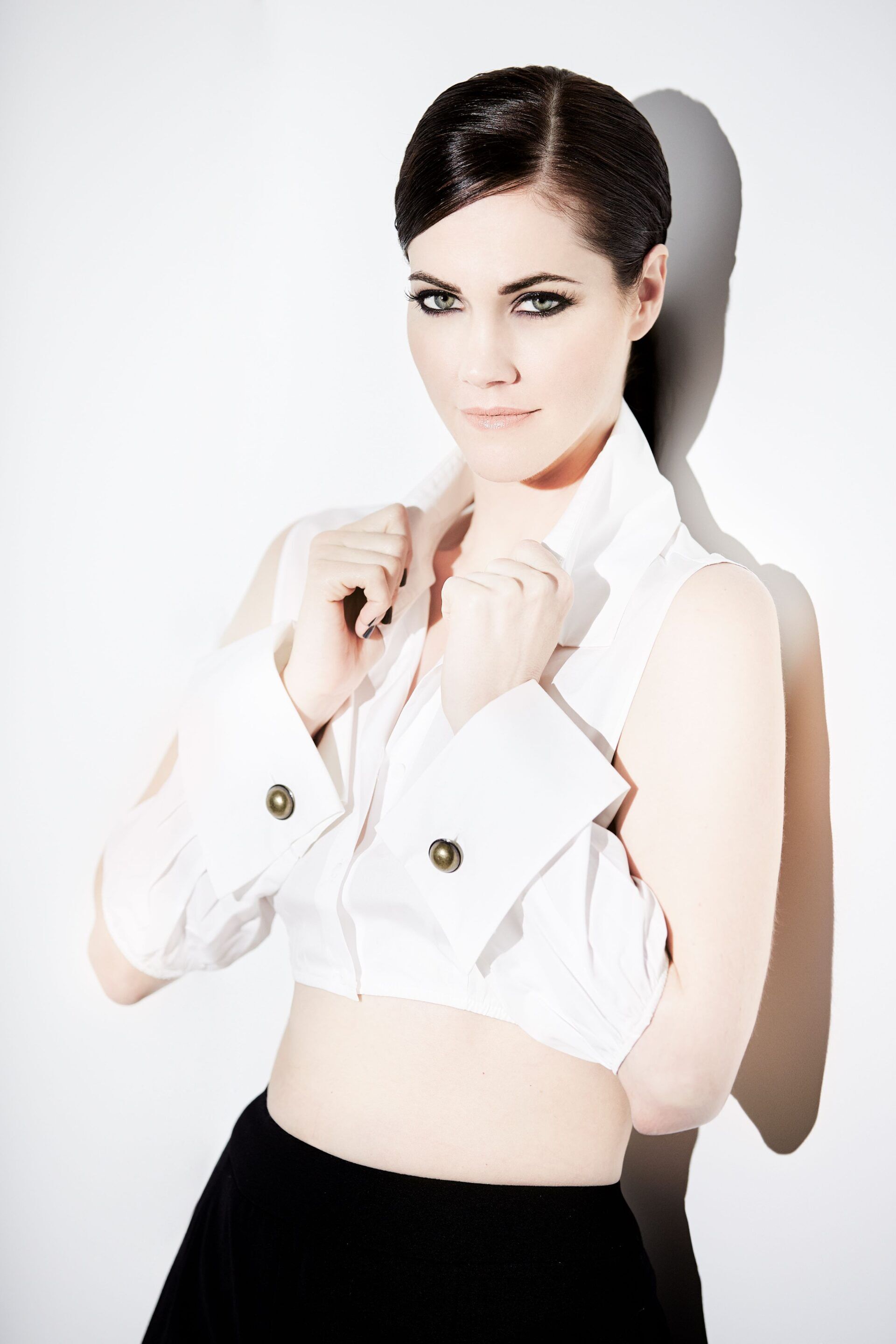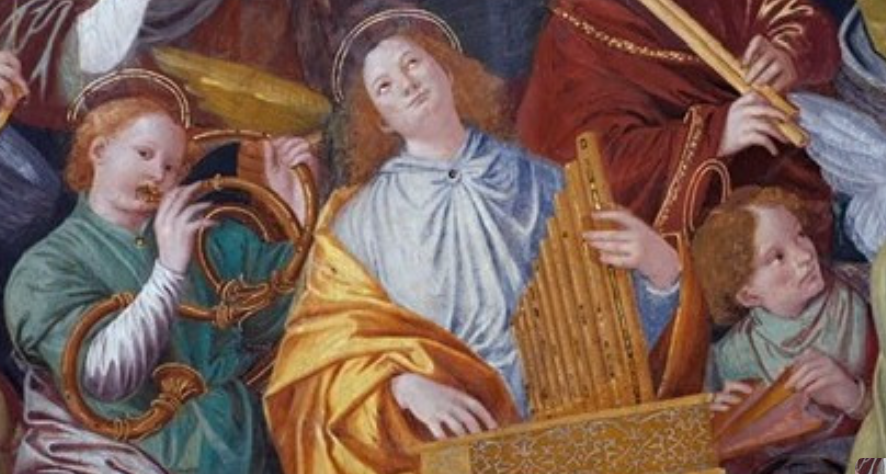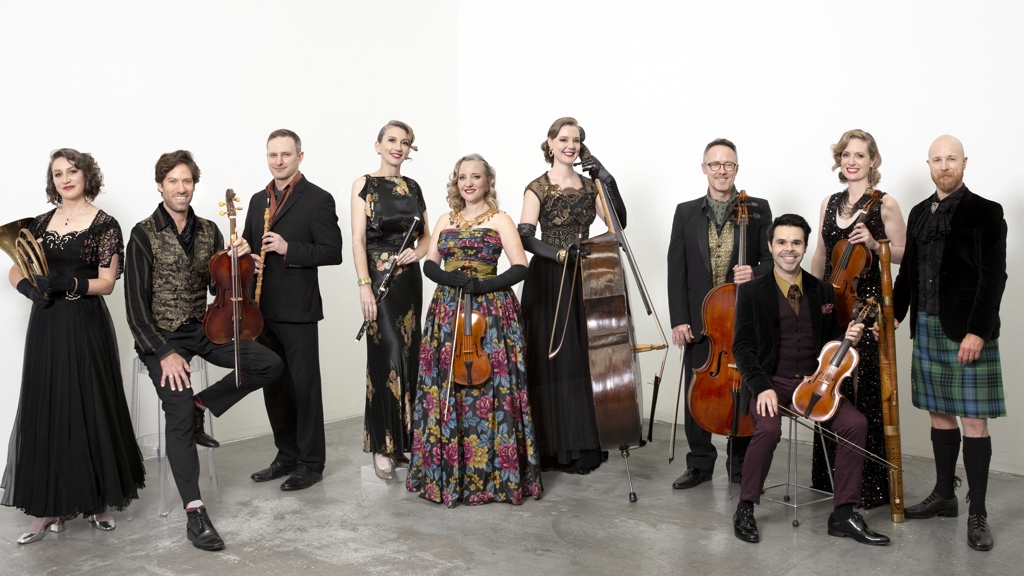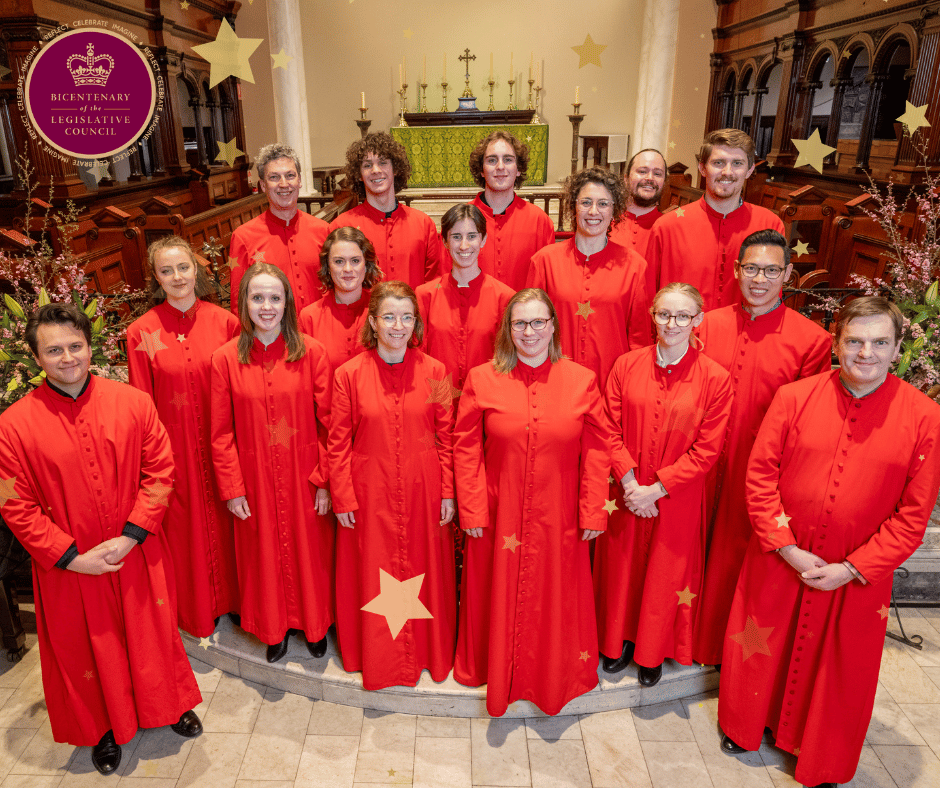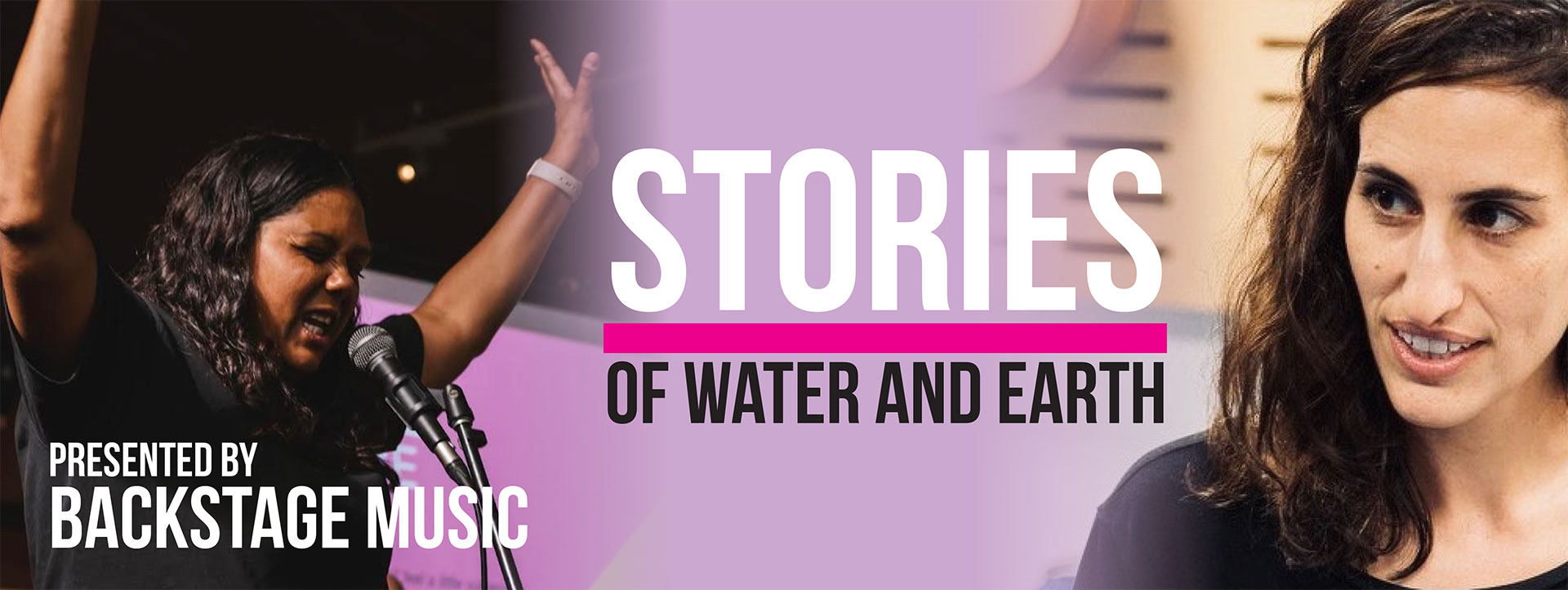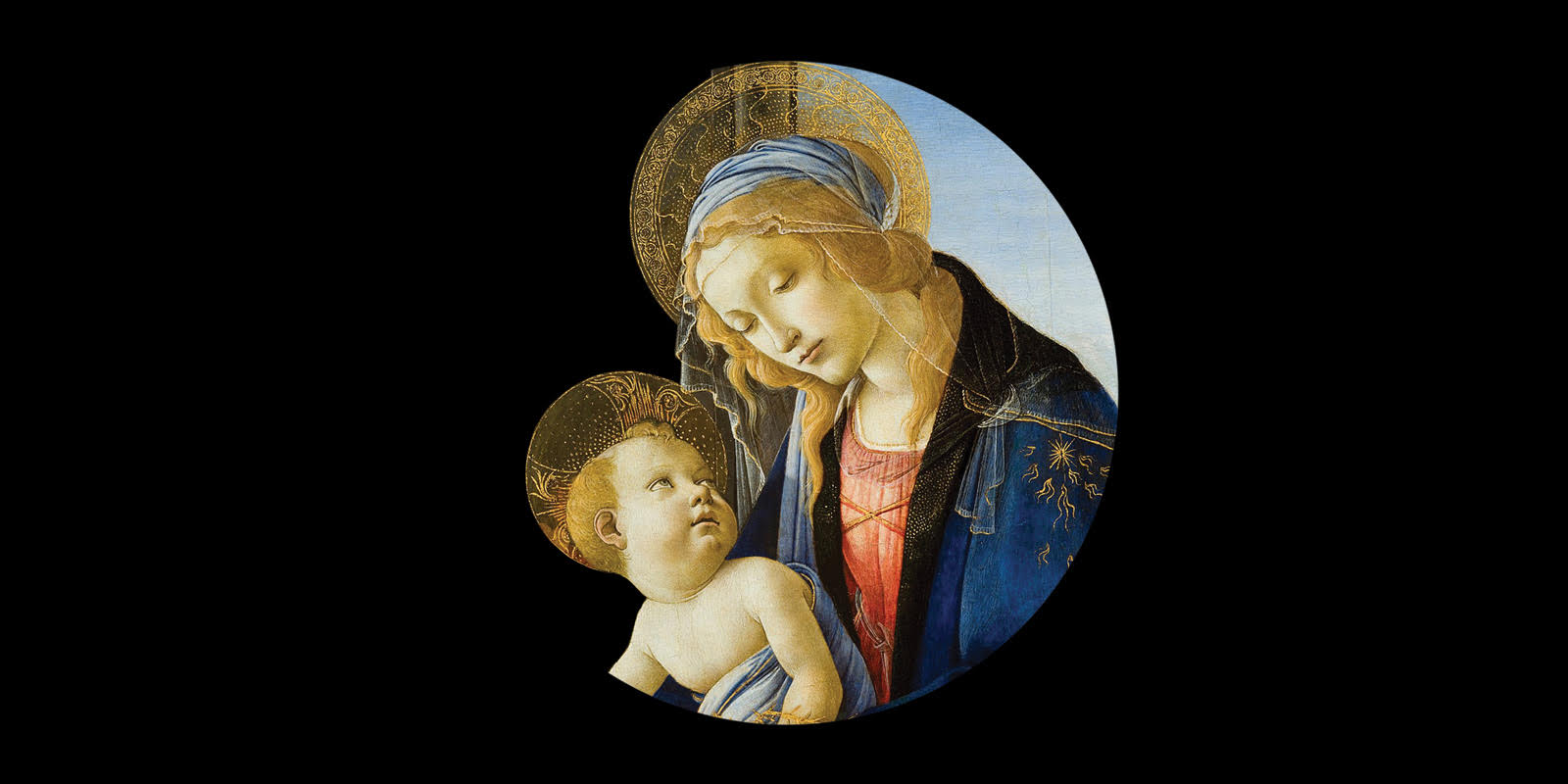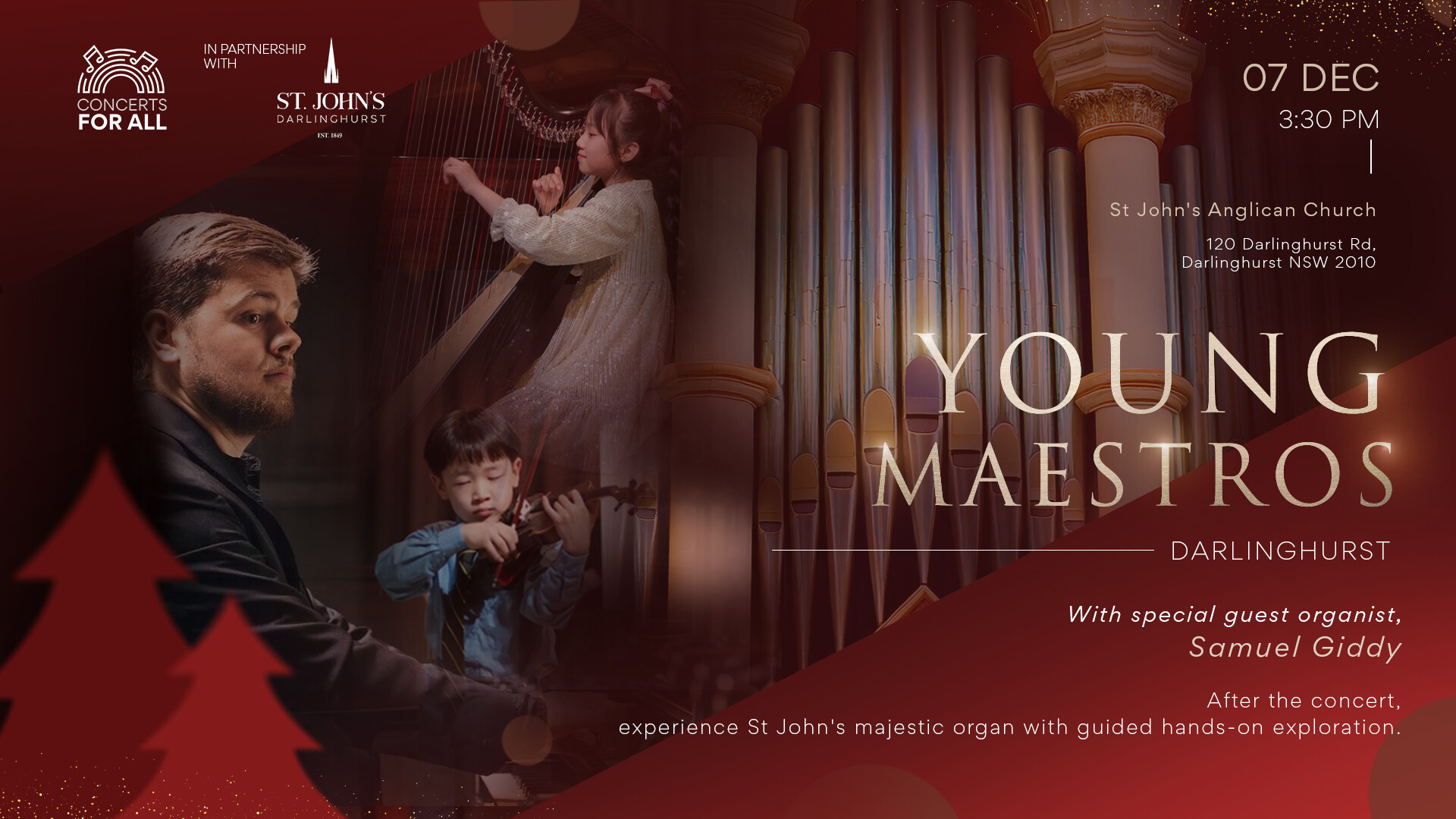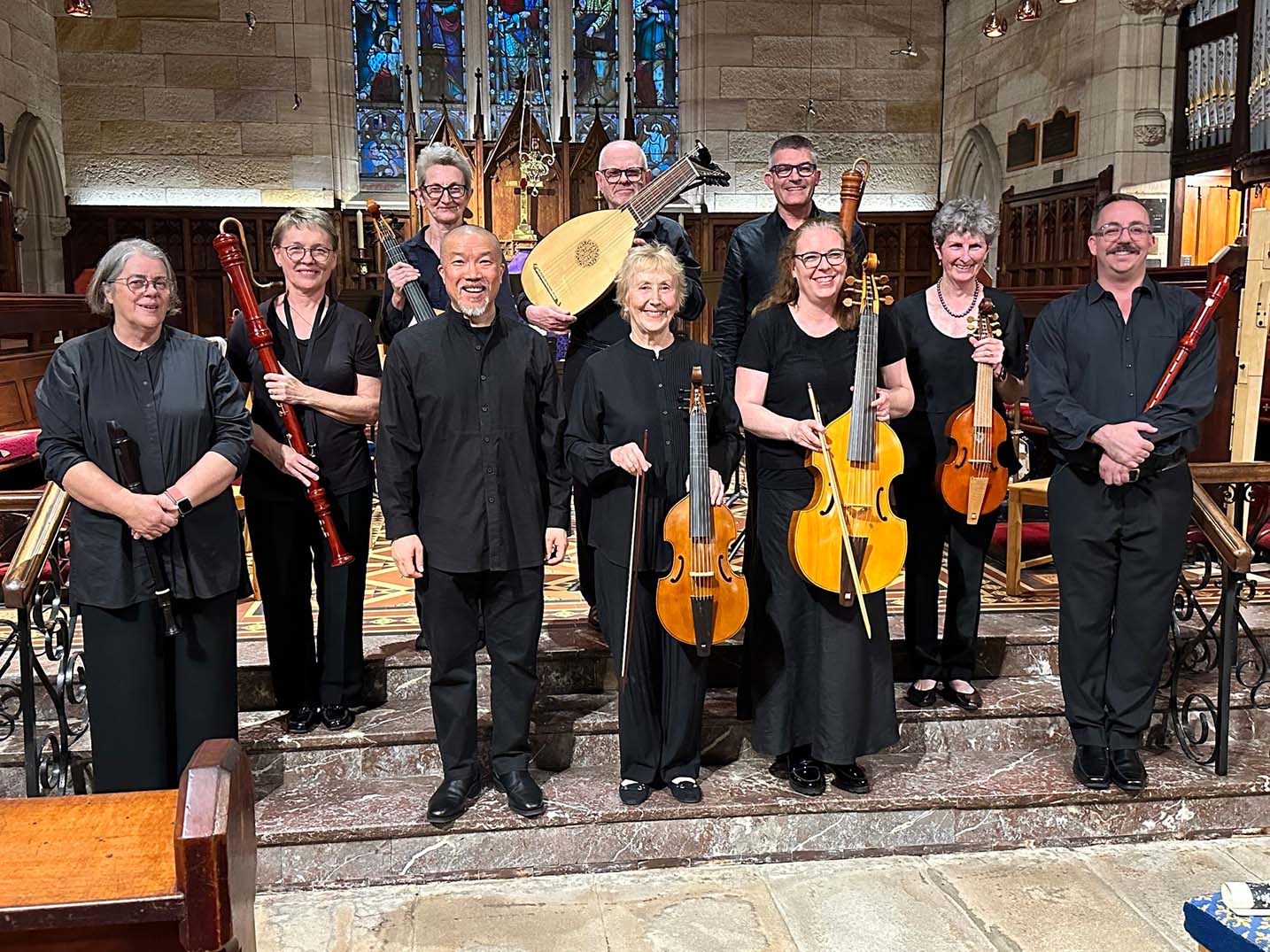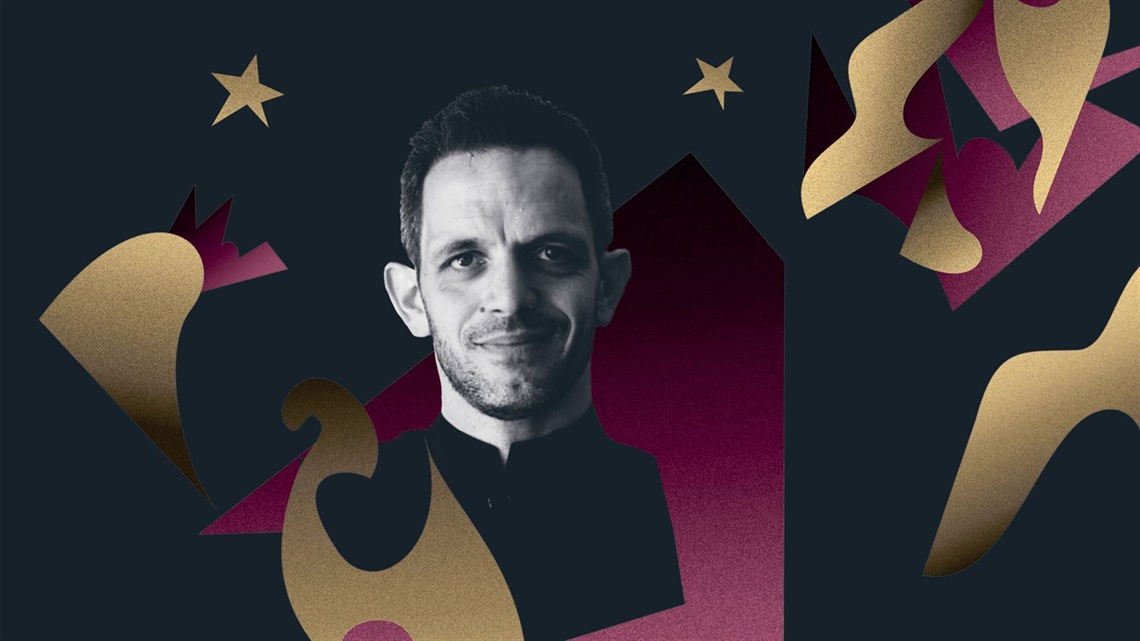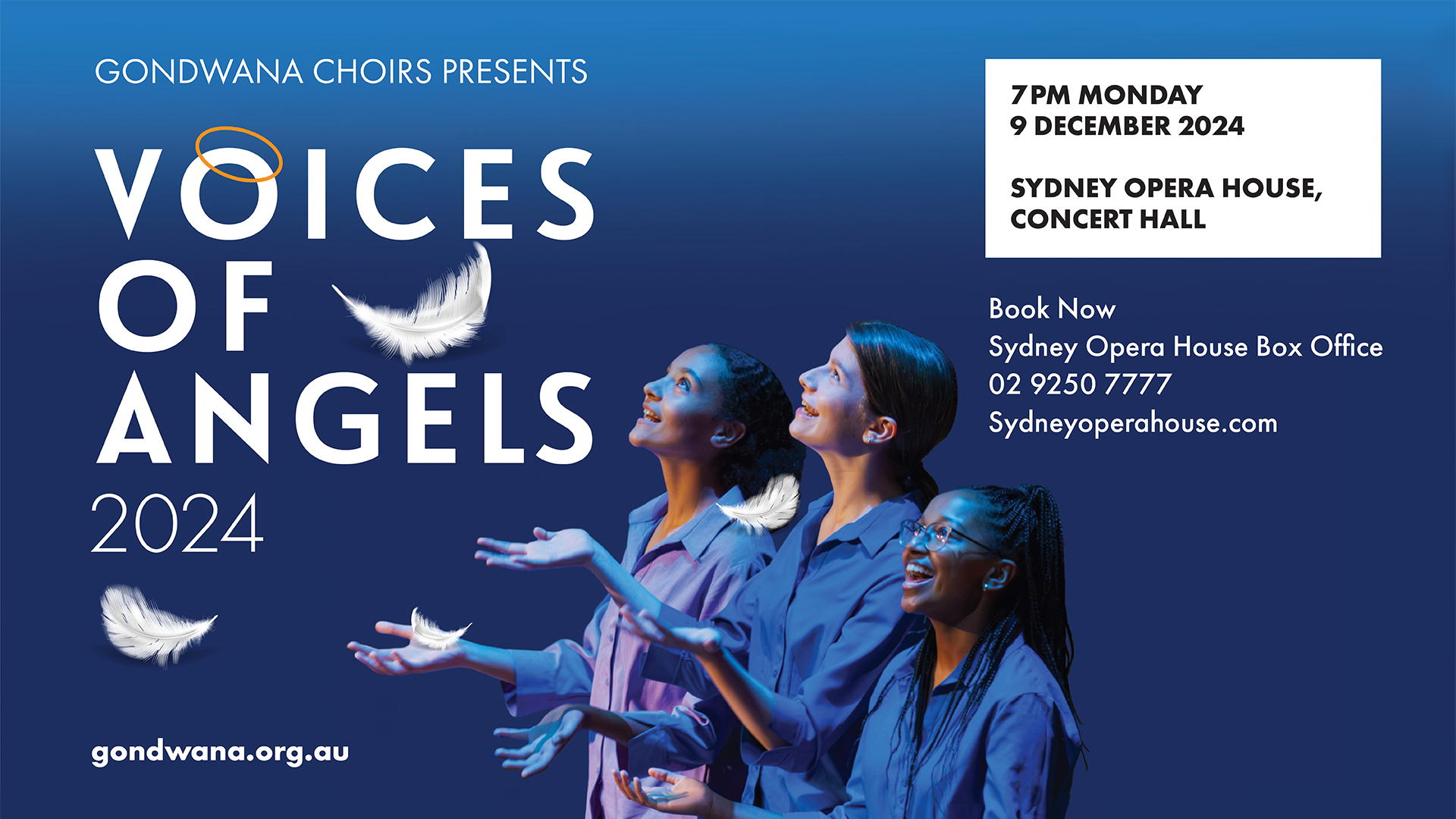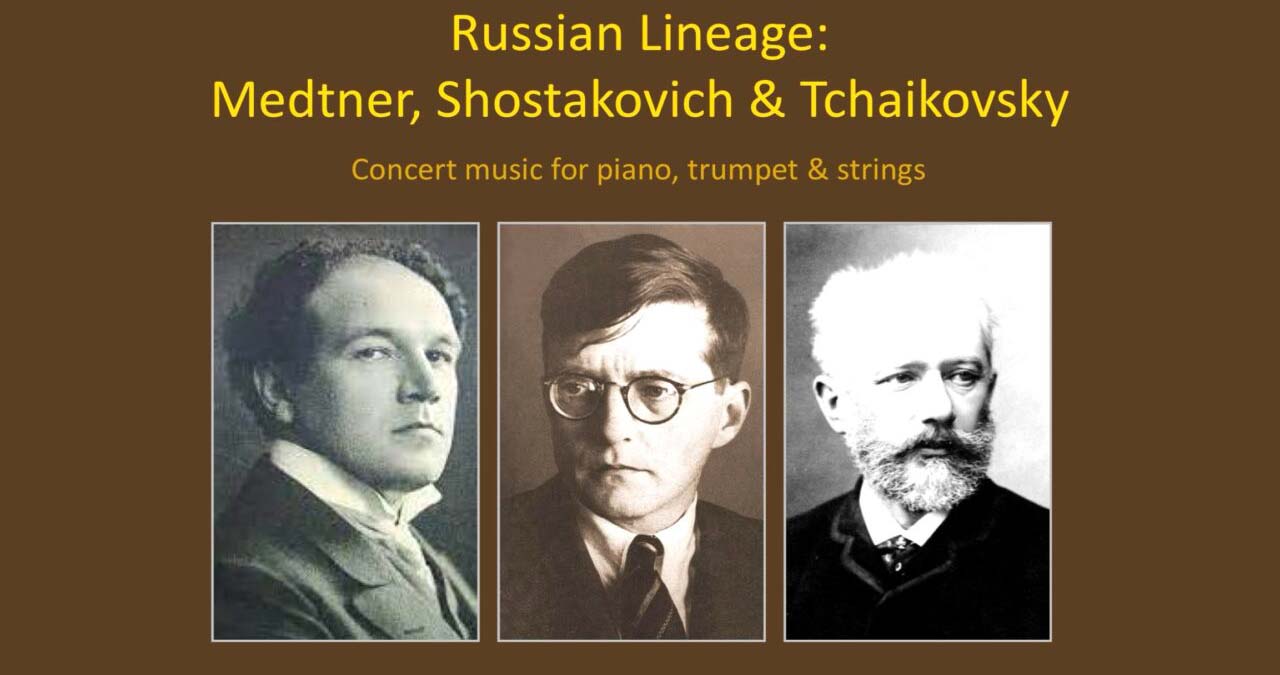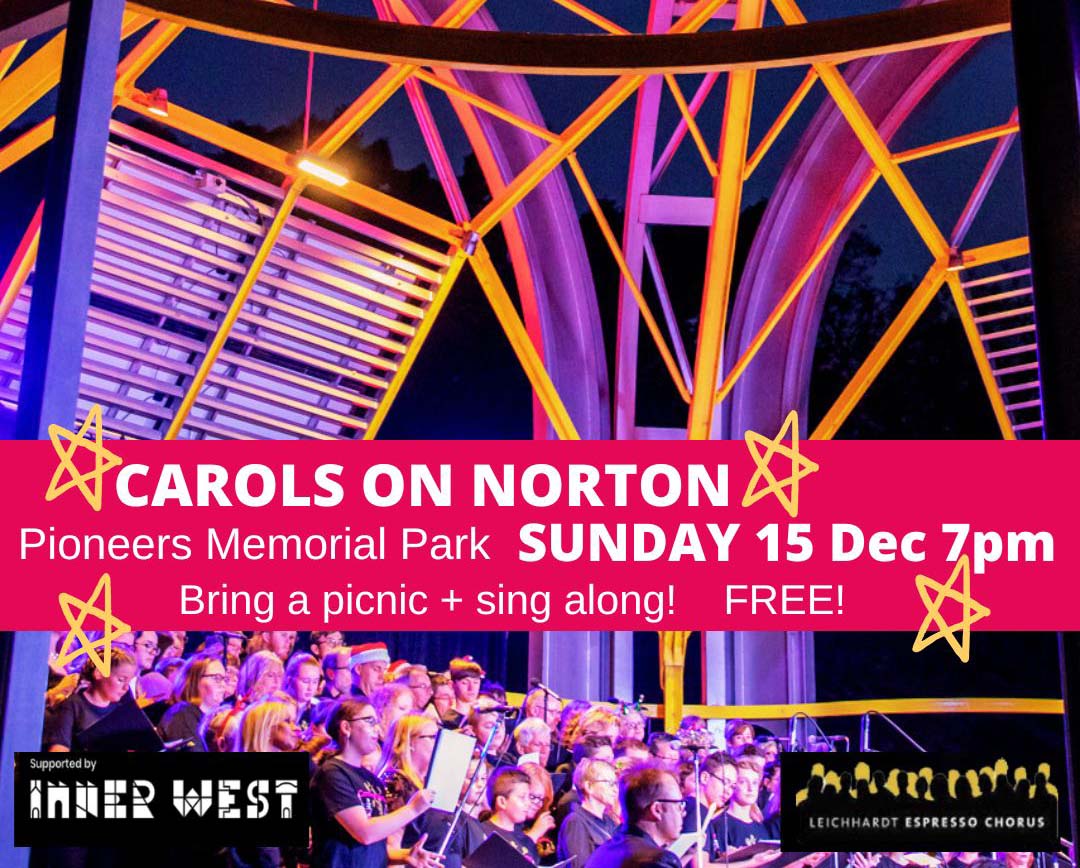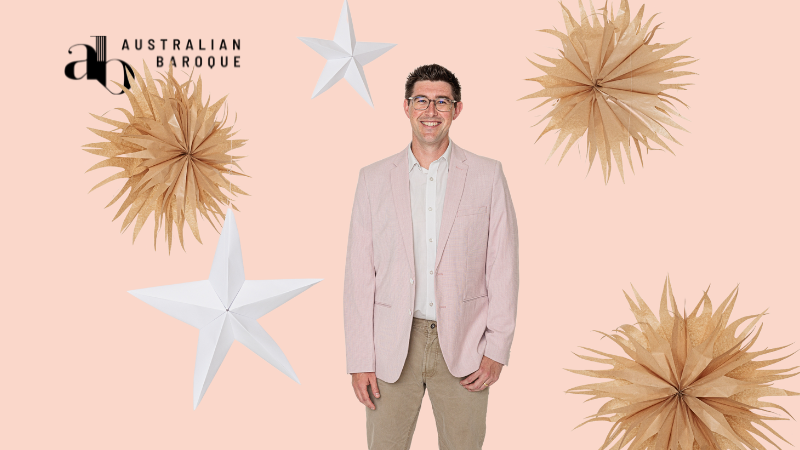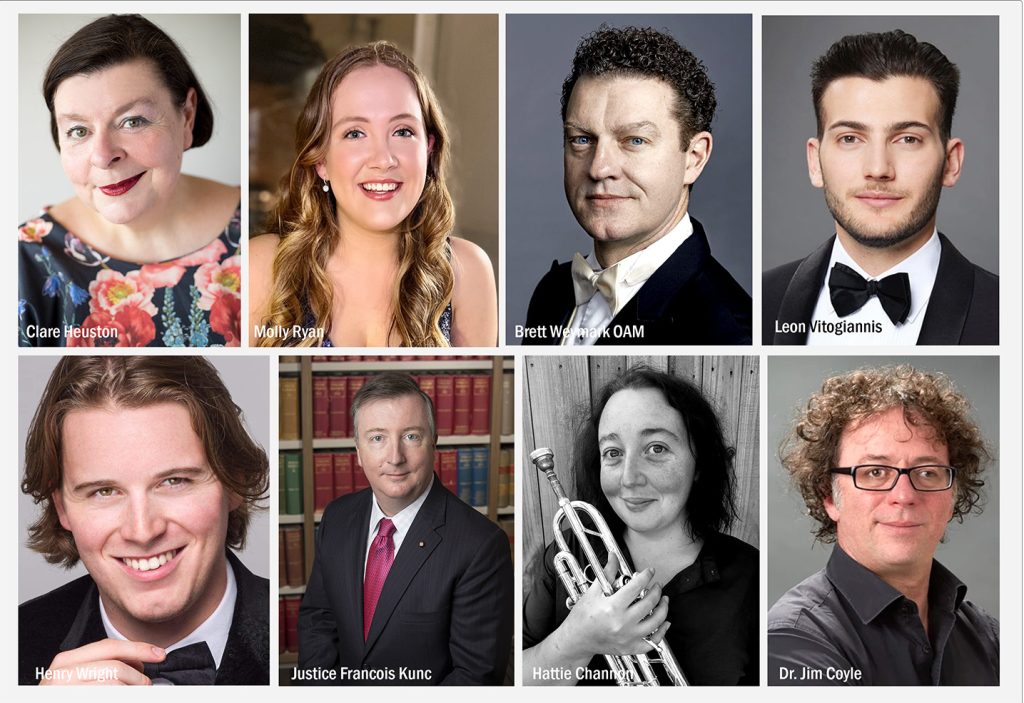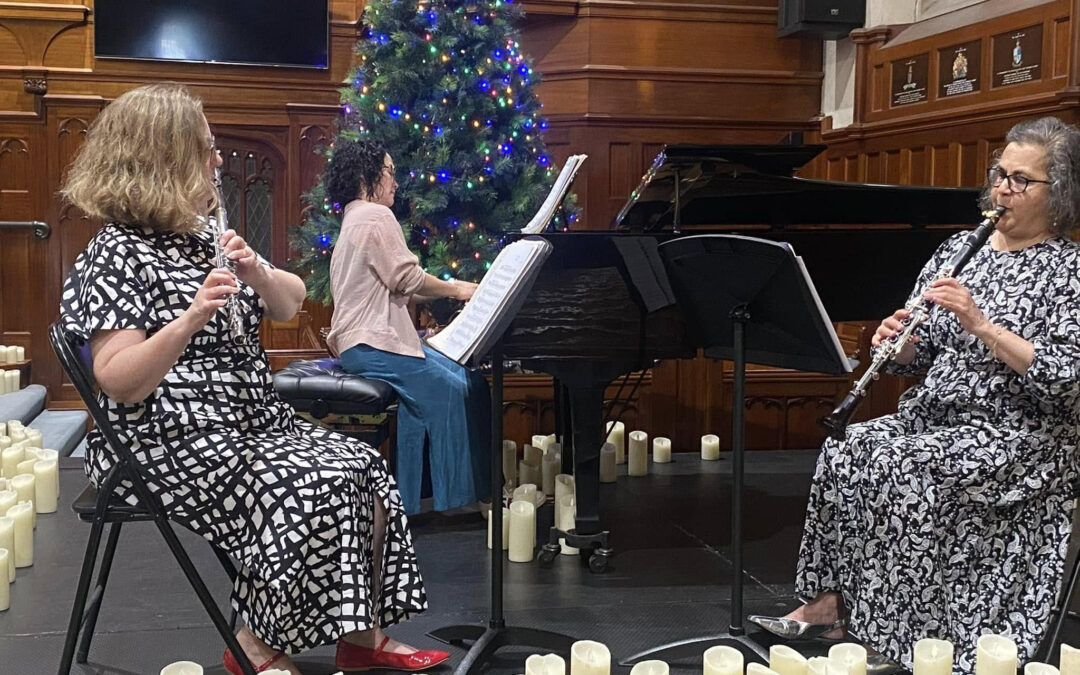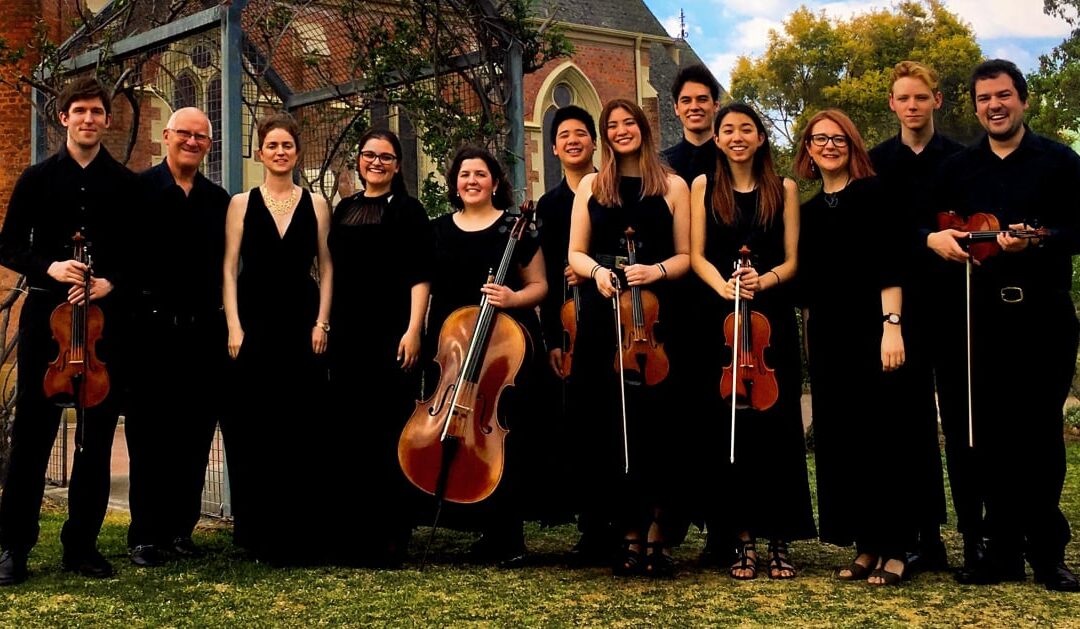MSO Chamber| Music for Harp and Strings
22 September, 2024, Iwaki Auditorium, Southbank, VIC
ARTISTS
Yinuo Mu – curator/harp
Anne-Marie Johnson – violin
Kirstin Kenny – violin
Christopher Moore – viola
Rachael Tobin – cello
Stephen Newton – narrator
PROGRAM
BAX Quintet for Harp & Strings
DEBUSSY Les cloches for harp and cello
DEBUSSY En Bateau for harp and cello
DVOŘÁK Terzetto in C for two violins and viola
CAPLET Conte Fantastique for Harp & Strings
Getting the musicians of the Melbourne Symphony Orchestra to perform chamber music is a welcome innovation. In this event we had collaboration between harp and string quartet an effective combination, which is intriguing and rare. The programme began and ended with all five musicians performing with three works in between for two and three musicians.
The Bax quintet was an effective start for this programme. The harp very often acted much as a continuo player in a baroque work filling the harmonies and adding colour which was highly effective and sensitively done. At times there were brilliant flashes of colour from the harp mostly in descending or ascending scales, but for the most part this felt very much like the string quartet dominated the work. Indeed the string players worked very closely together with impeccable ensemble and intonation and the changing textures worked well. Thematic material moved from instrument to instrument so that often through imitation the melodies gained traction. I enjoyed the changing roles of the instruments and how the musical maturity of the performers made this work.
The two works for cello and harp were shorter and explored a totally different medium providing contrast within the programme. I enjoyed the cello’s singing sound which these works provide for in spades. The harp’s melodic and textural material was very competently handled providing a secure background for the cello. The second work “En Bateau…” particularly worked well with the lush harmonies in the harp supporting the rich cello sound. This work has been arranged for many combinations such as solo piano, orchestra, flute and harp, etc and this combination was also welcome.
The most approachable work was the Dvořák Terzetto. This had four movements although that was not shown in the programme. Dvořák writes wonderful melodies followed by more wonderful melodies and as such this work was easy to listen to. But there is much more to this as the constantly changing roles of the instruments showed. There was much more prominence given to the second violin than in a string quartet with violin two often taking the lead. Without a cello this terzetto has a lighter feel to it and it gave more scope to three instruments taking more equal roles at times. The dynamic changing of the roles within this work was most ably done and each musician’s skilled phrasing gave direction to the each movement.
“Conte Fantastique began life as a tone poem that Caplet composed for harp and orchestra in 1908, inspired by Edgar Allen Poe’s short story, The Masque of the Red Death. He called it Legende. In 1922, he decided to adapt it for a string quartet with piano or harp”. You can look up a synopsis of the story here >>
The story is dark and grim with the music reflecting this, although the revelry and dance scenes provide an internal contrast. In this piece the harp was much more prominent and was able to show its character within the ensemble even dominating at times.
The whole work was interspersed with narrations of the story and these were delivered with a fine strong voice by a fellow musician although there was the occasional stumble over some words.
This unusual concert programme was a glimpse into a different world for the audience used to hearing the whole orchestra. The novel programming is certainly something for the curious person to delight in. I would have appreciated detailed programme notes rather than the very brief note at the beginning before the biographies of all the musicians (although interesting and useful to read). As this was a programme with rarely performed pieces with a combination not often heard, it behoves more explanation of the individual works especially the Caplet and the Bax. That being said it was an enjoyable way to spend a Sunday morning hearing chamber music.


